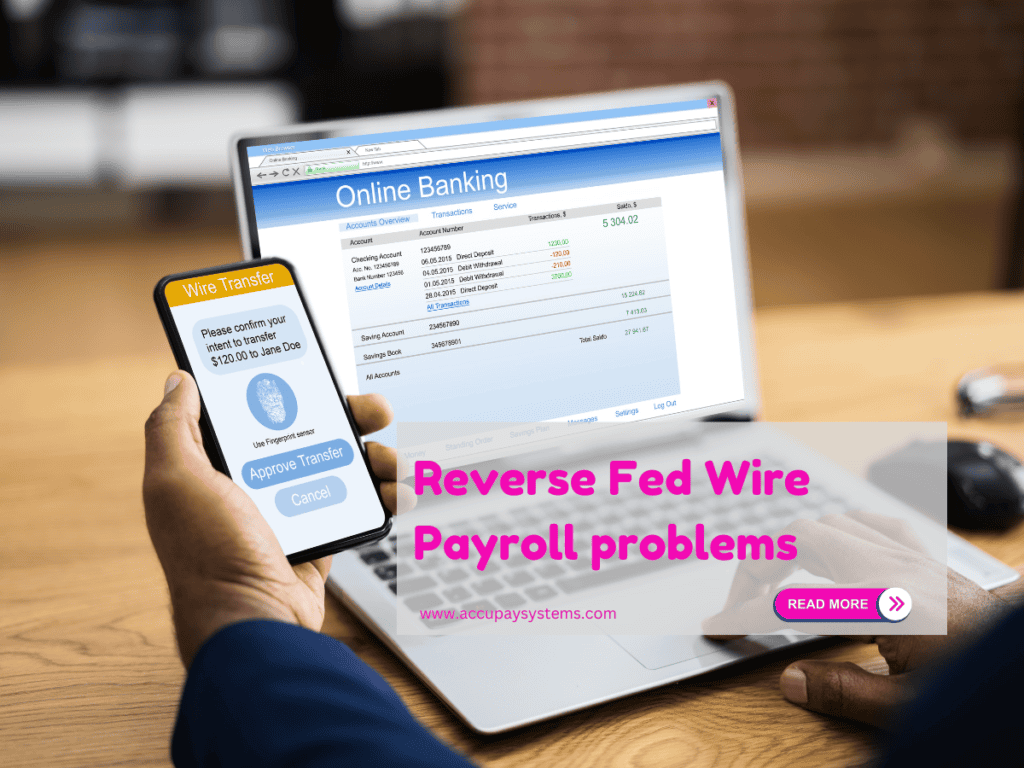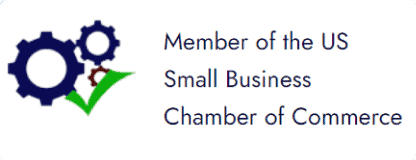How to Prepare for Labor Law Audits: A Step-by-Step Checklist for Restaurant Owners

Labor law audits can be a source of stress for restaurant owners, but with the right preparation, you can navigate these challenging reviews with confidence. This comprehensive guide will walk you through essential steps to ensure your restaurant is compliant and audit-ready. Why Labor Law Audits Matter for Restaurants Restaurants face unique challenges when it […]
Restaurant Payroll Simplified: How to Streamline Your Payroll Process and Stay Compliant with Labor Laws

A profitable restaurant operation requires delivering more than just outstanding food to customers. Restaurant owners and HR managers face managing payroll as the most significant but complex administrative duty behind the scenes. Restaurant payroll can easily be time-consuming, as it involves managing fluctuating schedules, ensuring labor law compliance, and tracking tipped wages. In this article, […]
Reverse Fed Wire: A Payroll Funding Nightmare for Businesses

Reverse Fed Wire: A Payroll Funding Nightmare for Businesses Imagine working hard all week and expecting your paycheck on time—only to hear that your company is struggling to send the money because of a complicated banking rule. That’s exactly what happens when businesses have to use something called a Reverse Fed Wire to pay their […]
What Does It Mean if I Get a 1099-K Tax Form?

What is a 1099-K and Why Did I Get It Tax season can be confusing, especially if you receive forms you don’t understand. One such form is the 1099-K. If you’ve received a 1099-K tax form, you might wonder what that means for you and your finances. This article will explain the 1099-K, when you […]



